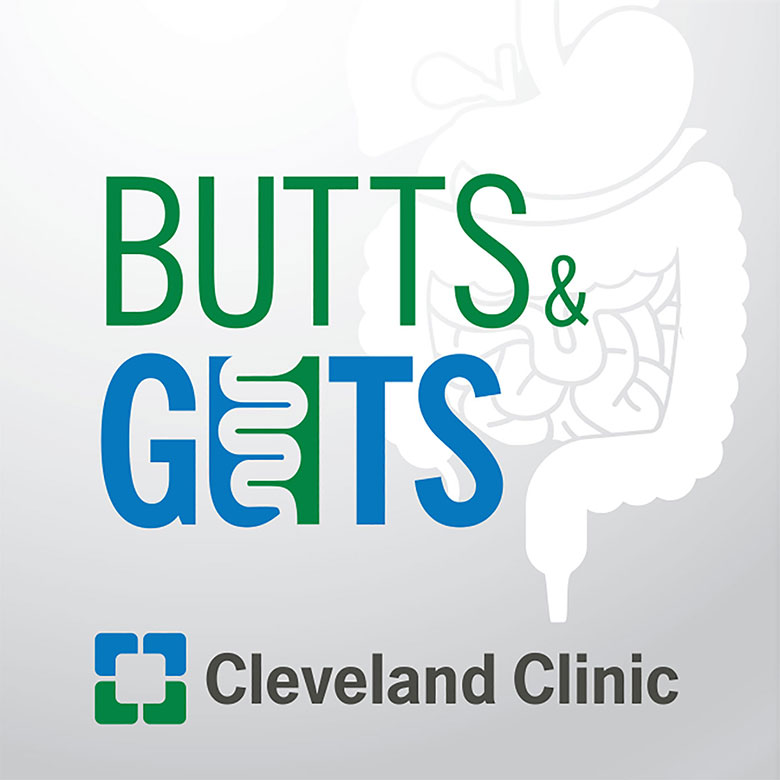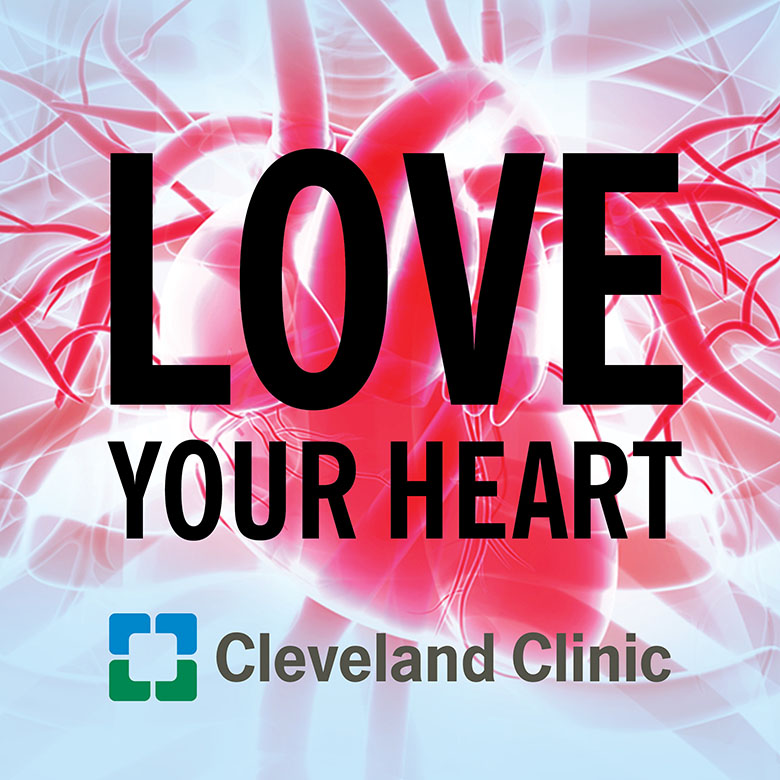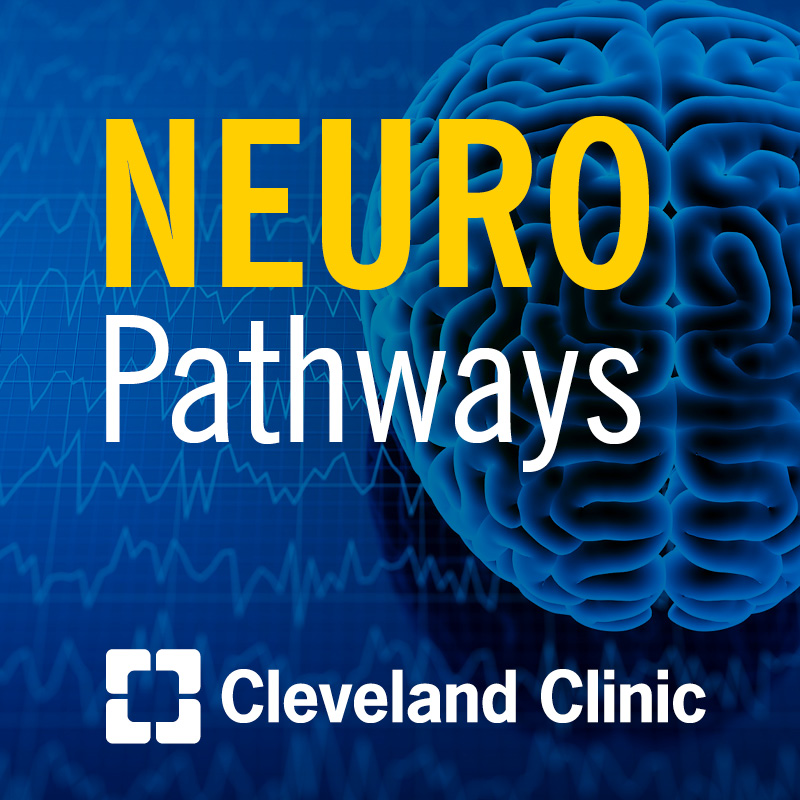Talking Tall Rounds®: Cardiac ECMO in the Adult Patient
February 11, 2021
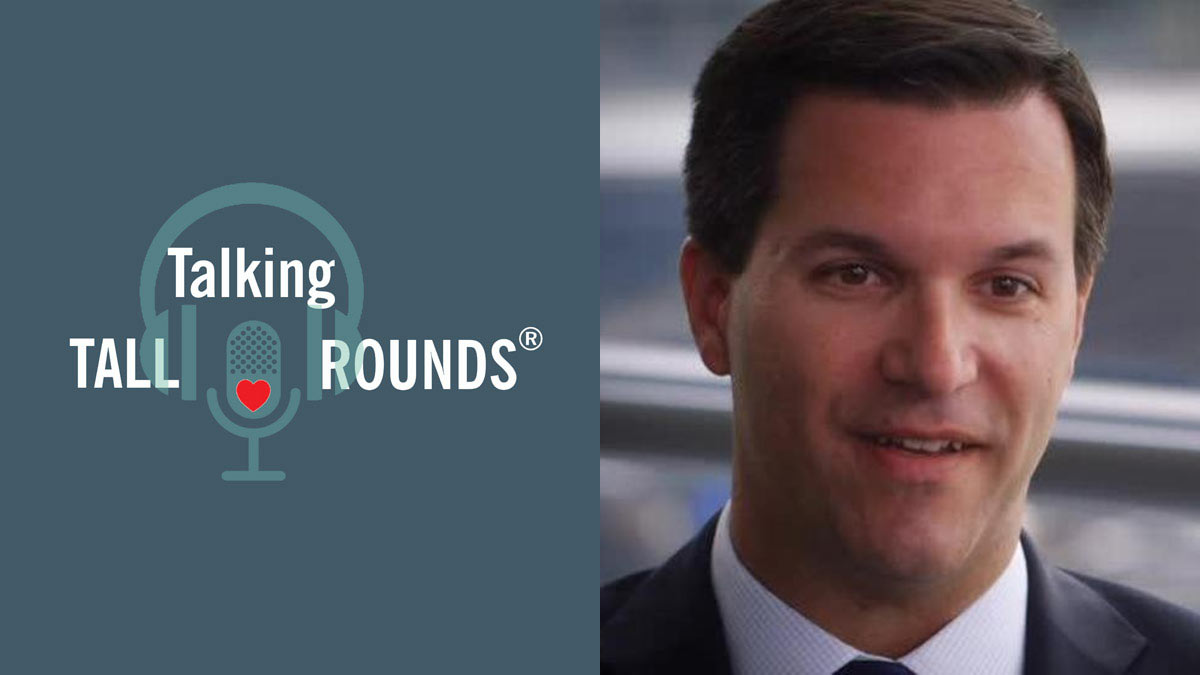
Dr. Edward Soltesz leads a discussion on Extracorporeal membrane oxygenation (ECMO) in the adult cardiac patient.
Enjoy the full Tall Rounds® & earn free CME
- Introduction: Edward Soltesz, MD
- Strategies for management of Cardiogenic Shock, Michael Tong, MD, MBA
- Cannulation Options for adult Cardiac ECMO, Shinya Unai, MD
- ECMO Circuit and Anticoagulation During Support, Pat Grady, CCP, Director Perfusion Services
- Weaning and Decannulation from VA ECMO, Penelope Rampersad, MD
- ECMO in the Catheterization Lab and Transfer, Amar Krishnaswamy, MD
- Outcome for Adult Cardiac ECMO, Emer Joyce, MD, PhD
Subscribe: Apple Podcasts | Podcast Addict | Buzzsprout | Spotify
Talking Tall Rounds®: Cardiac ECMO in the Adult Patient
Podcast Transcript
Announcer:Welcome to the Talking Tall Rounds series, brought to you by the Sydell and Arnold Miller Family Heart, Vascular & Thoracic Institute at Cleveland Clinic.
Dr. Edward Soltesz:
Today at Tall Rounds, we had a great discussion about adult cardiac ECMO. We featured six of our colleagues from cardiac surgery, interventional cardiology, ICU, and perfusion, as well as heart failure cardiology, to discuss the various options available for patients with acute cardiogenic shock. We spoke about the advantages of ECMO, as well as the disadvantages. Please join us for this great discussion. So, we'll now hear from Mike Tong, who will talk to us about strategies and management and indications for cardiogenic shock. Mike.
Dr. Michael Tong:
Thanks, Ed. So, in the case that Tamar described, in a patient with acute myocardial infarction, cardiogenic shock, the mortality for that patient is extremely high. We know from the shock trial that in patients who have cardiogenic shock in the setting of an MI, irregardless if you re vascularize them or not, their mortality is going to be around 50%. And then patients who undergo cardiac surgery who have post-cardiotomy cardiogenic shock, the mortality will increase exponentially with the greater the cardiogenic shock and a greater the inotropic requirements that you need post surgery.
Dr. Michael Tong:
The reason for this is because even though you've revascularized the patients, the recovery of the myocardium can take many days for it to happen, and the patients during that time come succumb from low cardiac output and multiorgan failure.
Dr. Michael Tong:
The goals of acute emergency mechanical circulatory support, therefore, is to restore and stabilize these patients during the first critical couple of days, while you're waiting for the revascularization to improve the myocardial function. The support system can also maintain the end-organ profusion and minimize ongoing myocardial loss. And to do that, you need to unload the injured ventricle, both pressure and volume. You need to wean the toxic levels of inotropic and pressure support, and give you a safe bridge to either recovery, to transplant, or to a durable permanent device.
Dr. Michael Tong:
When we think about what we want out of a mechanical circulatory device, we have certain characteristics that we always look for. We want one that is versatile enough that can provide a wide range of support from LV only, RV only, BiV, or one that can also provide pulmonary support in the case of a lung injury. We want a device that can be easily inserted, easily maintained, and easily to remove. We want one that's biocompatible, that's non thrombogenic, and has minimal hemolysis. One that will allow patients to mobilize, and one that's cost-effective. Unfortunately, we don't have a device that can fulfill all these criteria, but we do have a family of devices that fit certain components of these criteria, and depending on what the patients need, we can tailor the device to what the patients need, depending on his or her condition.
Dr. Michael Tong:
When we choose a device, the first questions we've got to always answer is, what part of the heart does the patient need support? And of course, some patients have isolated left ventricular failure, we just need to support the LV. Other patients need RV support, other patients who will have biventricular need. And of course, some patients will also have pulmonic needs, and we have a myriad of devices. And really, we have five family of a short-term devices. Starting with the IEBP on the left side, we have the ECMO, the platform which can provide RV support, BiV support, and pulmonary support, we have the Centri Mag platform, that's versatile that can be reconfigured and to support any system that we need.
Dr. Michael Tong:
The Impellas come in at the left side of support and the RP for the right support, and in certain situations, we'll use both the left and the right for BiV support and the Tandem Heart also can be used for left support. And there is a ProtekDuo TandemHeart , which is a specific cannular that's used specifically for the right side support. We haven't used that here, but hopefully we'll have that on the shelf available for us in the near future. The next question we want to answer is how much support does the patient need? And with these devices, each have a maximum amount of flow that they can deliver. The IEBP on the left side typically, will augment cardiac output by about half a liter to one liter. The percutaneous devices with the Tandem Heart and the Impella percutaneous devices can augment typically by about two to three liters in the central mag in the Impella 5.0 well, will be able to provide almost full flow for the patients.
Dr. Michael Tong:
The amount of support that these devices can deliver also correlates with their ease of insertion and starting on the left side, the balloon pump, of course, is the easiest to insert. It can be done percutaneously at the bedside. And as we move to the right side, you have devices that require a peripheral cutdown. And on the far right side, the central mags and the central Atmos will required full sternotomy. But the one outlier of course, is the ECMO on the top left corner. As we know these devices can provide a full support and can be inserted at the bedside percutaneously without any imaging. And this is by far the most useful attribute of ECMO.
Dr. Michael Tong:
Now looking more specifically at ECMO, like I alluded to the most beneficial effect of the ECMO is the fact that we can deploy this rapidly at the bedside.
Dr. Michael Tong:
And it's extremely versatile and it's usually readily available at all times and most facilities, and it can provide full biventricular support and pulmonary support. The downsides of ECMO however, is that because you have a large arterial cannula, these patients are prone to having limb ischemia, which we've mainly mitigated by a liberal usage of a reprofusion cannular. Also these patients cannot mobilize, they're bedridden typically. And because of the high afterload, the ECMO can lead to LV distension, which really can limit the degree of cardiac recovery in the patient who have already a very weak heart. The increase, the afterload also can lead to pulmonary hypertension and pulmonary hemorrhage, as well as the LV thrombosis in cases where you have stasis. To counter some of these effects. Typically, ECMO is coupled with either a balloon pump or a more recently with an Impella to allow for the LV to decompress.
Dr. Michael Tong:
So if we look at, when we feel here, that ECMO is the most appropriate for us to use. Typically, when we have patients who have severe biventricular failure and who are resting, or those who have molecular arrhythmias as these devices will allow us to have full biventricular support with, with a pulmonary support. Patients who have cardiac failure and respiratory failure will also benefit from ECMO with the oxygenator and also facilities where in situations where imaging is not readily available and, we need to deploy something without, without the guide of any imaging. So now currently once we have a patient on ECMO, typically we don't leave them on ECMO unless we feel that they can recover very quickly. Once we have them stabilized on ECMO, then we'll think of a newer strategy, a different strategy that we can then employ to either get the patient to a long-term durable device or a patient who, who we can try to ambulate and buy them more time so that we have a next treatment for them. Thank you.
Dr. Edward Soltesz:
We're going to hear now from Dr. Krishnaswamy. About echo, ECMO in the cath lab as a number of our patients either get transferred here on ECMO, or it is placed in the cath lab.
Dr. Amar Krishnaswamy:
Thanks Ed for the invitation and thanks for coming this morning. So I'd like to discuss how we offer human dynamics support in the cardiac cath lab and how we think about it from an interventional section standpoint. So we of course have the options of balloon pumps support in Pella and ECMO and the most common clinical scenarios you encounter are either those patients with cardiogenic shock complicating and acute EMI, those patients for whom we're performing a high risk or protected PCI. And those patients come in with cardiogenic shock. Generally speaking for the acute AMI patients, we provide one of these three options. Those patients who come for a protected PCI usually either have the option of a balloon pump or Impella. And those patients in cardiogenic shock generally have a balloon pump placed elsewhere and are coming to us, either for Impella or ECMO insertion.
Dr. Amar Krishnaswamy:
If we look specifically the protected PCI group in truth, the supporting data for general use is pretty marginal. Although in specific clinical scenarios, the operator decision for a balloon pump versus Impella may be very important. What we consider generally as a group are patient factors such as significant LV dysfunction, borderline blood pressures, or poor cardiac output, elevated filling pressures without the opportunity for further optimization or significant valvular heart disease, such as MR or aortic valve stenosis with regard to anatomic considerations. If this is a patient for whom we're intervening on a last remaining conduit or opening a chronic total occlusion via last remaining conduit, those patients who are considered high risk based on the left side features and who also have multi-vessel disease in need of PCI or high risk patients in need of extensive atherectomy, which is also hemodynamically tenuous.
Dr. Amar Krishnaswamy:
In those patients with cardiogenic shock. I think the important thing is that often these are not emergent patients, but rather urgent patients. And so if possible, really involving the entire team, heart failure, cardiology, heart failure surgery, the intensive care unit, and the interventional teams prior to insertion, I think is important and Shinya Michael Penelope of all touched on these, but I really to understand the human dynamic situation and degree of support that's necessary, whether it's percutaneously implanted Impella or surgically implanted, whether LV or RV or a combination is necessary.
Dr. Amar Krishnaswamy:
And ultimately, what are the goals of support? Is this rest with a hope for improvement, but no real future options? Or is this time for decision-making towards whether a ventricular assist device or transplant is appropriate? And then the scenario which we encounter most often of course, is the acute MI patient complicated by a cardiogenic shock. So I'm going to illustrate this with a case this is a 60 year old gentlemen, with typical risk factors who came relatively early onset chest pain, and then unfortunately suffered a VF arrest in the emergency department. He is resuscitated found to have an anterior MI and brought to the cath lab.
Dr. Amar Krishnaswamy:
When unfortunately arrested again on transfer to the procedure table. There were simultaneous efforts ongoing between resuscitation, quick insertion of a balloon pump, as well as a, of course, emergent coronary angiography. You can see here on the left, the LAD is completely included right in the proximal portion. And after stent placement, the LAD is now nicely open. Nevertheless, he had persistent hypotension and as you see here, recurrent ventricular fibrillation, and this is a situation where both based on the blood pressures, something like an Impella is not going to provide adequate support. And their current ventricular arrhythmia is also not going to provide an Impella as adequate support. The echocardiography at bedside shows here a profound LV dysfunction because of his anterior infarct. And so he had ECMO, a candle implanted. You can see here, the nevus cannula in the left screen, and as has been pointed out, we routinely, frankly, always place an arterial profusion cannula.
Dr. Amar Krishnaswamy:
This is usually a five French arterial sheet that we placed down the SFA. Post PCI after this significant resuscitation that occurred in the cath lab, he did have hypothermia that was instituted by the ECMO circuit as was pointed out. His echocardiogram demonstrated a tremendous and frankly miraculous LV recovery within three days. The ECMO circuit was decannulated at that time. He had a prolonged recovery with all the anesthetic you receive and so forth, but again, purposeful movements. And by day 14 really looked like a million bucks. And so to conclude, it really has been already pointed out. There's no real proven efficacy to any of the support devices we use in terms of reducing mortality. But the early initiation of mechanical support may mitigate the consequences of systemic hypoperfusion. The balloon pump really provides pretty minimal support, but it's easy to place. And it may be useful in some of our borderline patients. That does have a class 2A indication.
Dr. Amar Krishnaswamy:
The Impella, the nice thing about the Impella CP is it provides a compromise of cardiac output and the ability for a percutaneous insertion. But of course the RV function on oxygenation should be preserved. And ECMO of course provides the highest level of support. Integrated limb profusion really should be strongly considered. And, and as I said, is placed in all or most of our patients, can comment balloon pump or Impella is also important, both for improving LV, ejection and minimizing LV distension as has already been pointed out. And of course the team-based approach to patient management as we've all discussed already this morning. So thanks very much.
Announcer:
Thank you for listening. We hope you enjoyed the podcast. Like what you heard? Visit Tall Rounds online at clevelandclinic.org/tallrounds and subscribe for free access to more education on the go.
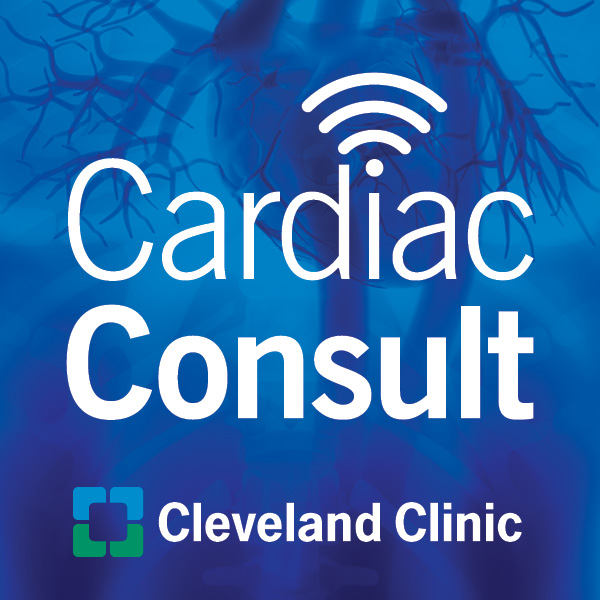
Cardiac Consult
A Cleveland Clinic podcast exploring heart, vascular and thoracic topics of interest to healthcare providers: medical and surgical treatments, diagnostic testing, medical conditions, and research, technology and practice issues.
